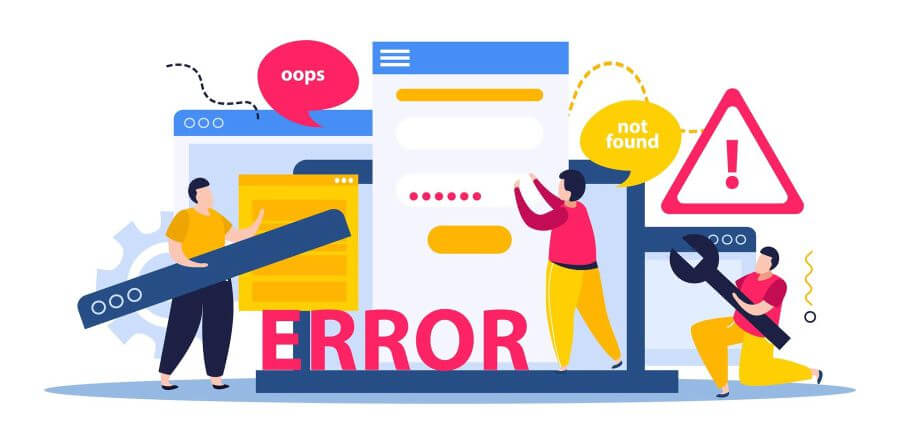Over the last two decades, the explosive growth of information on the internet has made manual data processing impossible. Nowadays, with new sources, duplicates, and constant updates, data scientists have to leverage technology assistance to automatically gather and process knowledge from the internet.
Web scraping has become a common practice for modern businesses and even private internet users with a decent understanding of data science. By eliminating the key issues of manual labor – speed and fatigue, companies can work with massive collections of data and transform it into a readable data set, used to derive accurate insights, and decisions, or just inspect competitor business strategies.
Automated data collection has a massive positive impact on market research efforts, price intelligence, social media management, and digital marketing. From pre-built tools to software written from scratch, there are many tools and resources to familiarize oneself with the basics of public data extraction.
However, as the data collection machine keeps growing, your connection requests may raise suspicion on the side of the recipient that aims to block automated connections and only see real user traffic. At the same time, these protection tools guard the server’s DDoS and brute force attacks.
Of course, the sources that employ barriers for automated connections usually have high web traffic and a lot of valuable public data on their platform, so how do we automate its retrieval without getting timed out or banned? This article covers key solutions that allow us to scrape the web without interruptions. Here you will learn about mobile proxy servers and other anonymity solutions to pick the most suitable tool to tackle challenges in web scraping.
Data Collection Basics
Web scrapers usually follow a relatively simple sequence of steps to transform the desired information in the HTML document/ into a data set. After the swift download of the desired code, the code goes through a parser that reshapes the information into a format that is most suitable for further analysis.
However, once we add the unpredictable nature of recipient servers, the seemingly easy process can get quite challenging. One common issue, often encountered by skilled data scientists, is parser compatibility. Unfortunately, not every step of the process is easily automatable, and the scraper may be ineffective after web page structure changes or the addition of new websites.
That being said, parser issues can be easily resolved without any consequences. The biggest challenge in web scraping stems from websites with restrictive measures against automation. Social media platforms, e-commerce websites and other pages that get high web traffic can use strategies like rate limiting and IP blocking, to flag and restrict one connection from using more bandwidth than necessary.
Especially when we target pages with constantly changing content, running frequent data collection cycles is the only way to keep up with price sensitivity, discount deals, introduction of new products, and other events that require your immediate attention. If the connection to the site is inconsistent, severed, or in the worst case – redirected to a honeypot, data scrapers need a solution to circumvent these problems and get the promised benefits from automated data aggregation.
Working with Proxy Servers
With proxy services from top industry providers, data scrapers can finally extract information at peak efficiency. Even better, with multiple mobile proxies at your disposal, these intermediary connections open up incredible scaling opportunities, where one connection with only one IP address can be split into multiple digital identities. Recipients know nothing about the real origins of the delivered connection request.
By adding the station to your web connection, proxy servers adopt data packets as their own, transforming the HTTP header. After reaching the recipient server, the proxy server relays the information to the sender. With the help of top proxy providers, companies manage to avoid public IP blocking by routing all data-sensitive connection requests through remote IP addresses. Also, to bypass detection and proxy IP blocking due to pattern recognition (different addresses perform identical actions), you can control and randomize the rate of connection requests to blend in with real user traffic.
Which Proxy Type is the Best for Web Scraping?
When it comes to data aggregation, most data science experts use one of these 3 types of proxy servers:
Residential Proxies: the user shares IP addresses with the best possible hosts – real homeowners with network identities straight from Internet Service Providers. Residential proxies are slower and more expensive than other counterparts, but a wide selection of IP addresses allows for more geolocation changes and better scalability. The association with the residential IP helps it infiltrate real user traffic with ease but at the cost of internet speed.
Mobile proxies: Taking privacy to a whole new level, mobile proxies provide a well-protected connection by routing data scraping requests through IP addresses in the cellular network. Mobile proxies offer the highest level of protection, but they are the most expensive option with less control over your location due to ties with mobile network operators.
Datacenter proxies: Datacenter proxies are fast and cheap, with their servers stationed in data centers. While the hardware is superior to residential IP hosts, website owners can see their non-residential origin due to a lack of ties with an internet service provider, which could even result in an IP ban to prevent suspicious activity on the site.
While the choice depends on your use case, they strongly recommend picking residential or mobile proxies for high-scale and productive data collection tasks.














